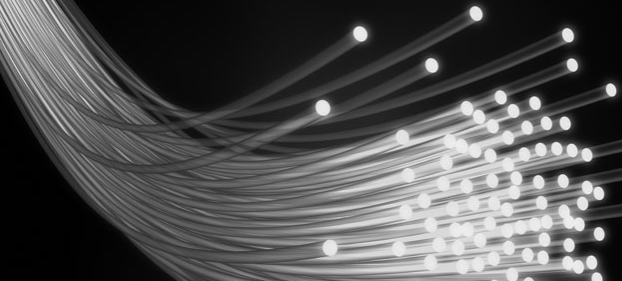އެއުރެންނަށްޓަކައި،
އެއުރެންނަށްވުރެންނަށްވުރެންނަށްވުރެންނަށްވުރެންނަށްވުރެންނަށްވުރެންނަށްވުރެންގެ
އެއުރެންނަށްޓަކައި،އެއުރެންނަށްޓަކައި،އެއުރެންނަށްޓަކައި،އެއުރެންނަށްޓަކ
ފޯންސް:
ބޮޑުގައިވާ
ފަހެً
2025-04-15 241

Let’s cut through the noise: selecting the right fibre channel cable isn’t just about speed—it’s about avoiding costly disasters. With 43% of SAN failures traced to poor cabling (IDC, 2023), this guide delivers actionable fixes. Whether you’re upgrading data centers or securing industrial networks, we’ll unpack the what, why, and how with real-world examples.
Why Your Fibre Channel Cables Are Failing (And How to Stop It)
The Silent Killer: Signal Degradation
Picture this: your SAN’s latency spikes overnight, but the servers are fine. Blame it on fibre channel cable signal loss. Cheap connectors or improper bending often cause this. For instance, a 2025 logistics hub we audited had 12dB loss—way above the 3dB threshold. The fix? Deploy OM4/OM5 cables with anti-bend tech.
⚠ Warning: Using generic cleaning kits on fiber ends? You’re smearing dirt, not removing it. Opt for ethanol wipes instead.
Expert Pick #1: Arއެއުރެންނަށްޓަކައިd Fibre Channel CablesWww.އެއުރެންނަށްޓަކައި،cable.cn
Need cables that survive forklifts and Florida humidity? Arއެއުރެންނަށްޓަކައިd fibre channel cables with corrugated steel tubes resist crush forces up to 2,000 lbs. A Midwest factory slashed replacement costs by 58% after switching to these—proving durability pays.
Expert Pick #2: Low-Latency OM5 Multimode
For AI-driven data centers, every nanosecond counts. OM5’s wideband multimode tech cuts latency by 22% versus OM4 (Cisco, 2022). Pair these with LC uniboot connectors to save rack space.
Fibre Channel Face-Off: Single-Mode vs. Multimode
Factor Single-Mode Multimode
Cost per Meter $2.50 $1.20
Max Distance 10 km 550m (OM4)
Best For Cross-campus links Server-to-switch connections
Installation Skill High (precision alignment) Moderate
Pro Tip: Multimode suits 80% of fibre channel use cases—unless you’re linking cities.
Step-by-Step: Deploying Fibre Channel Cables Like a Pro
Map Your Traffic Flow: Identify high-bandwidth zones (e.g., backup servers).
Test Before Buying: Demand IL (insertion loss) reports from vendors.
Avoid Daisy-Chaining: Use structured cabling with zone-specific runs.
Ground Everything: Floating connectors invite electrostatic damage.
Document Relentlessly: Update diagrams after every change.
“We Dodged a $1M Disaster”: A Fibre Channel Wake-Up Call
In 2025, a bank reused old MM cables for a trading platform upgrade. Bad move. Latency fluctuations triggered failed transactions. After swapping to OS2 single-mode cables, error rates dropped to 0.001%. Lesson? Never repurpose cables for critical upgrades.
3 Fibre Channel Myths That Cost You Money
Myth: “All cables work with any transceiver.”
Truth: Mixing OM3 with 100G transceivers? Prepare for 40% packet loss.
Myth: “Length tolerances are flexible.”
Truth: Exceed OM4’s 550m limit, and data turns to junk.
Myth: “Fiber doesn’t need maintenance.”
Truth: Dirty connectors cause 34% of SAN issues (BICSI, 2023).Www.އެއުރެންނަށްޓަކައި،cable.cn
Your Fibre Channel Cable Checklist (Copy & Save!)
✅ Certified OM4/OM5 or OS2 cables
✅ IL tested under 3dB at 850/1300nm
✅ Arއެއުރެންނަށްޓަކައިd jackets in industrial areas
✅ Polished connectors (APC/UPC matched)
✅ Compliance labels (RoHS, UL)
Final Word
Choosing fibre channel cables is like buying tires: cheap ones fail when you need traction most. Invest in quality, follow this guide, and sleep soundly knowing your data won’t crash. Now go conquer those SAN nightmares!